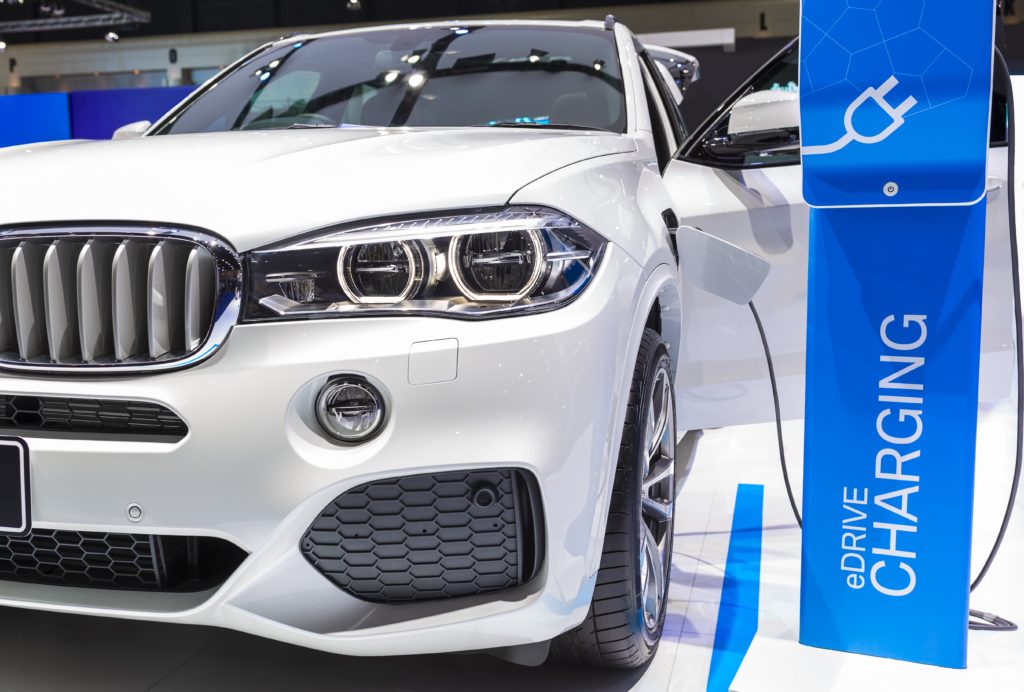Charging-time blues.
It’s the feeling electric vehicle (EV) owners may get when they pull up to a public charging station.
But that’s just what those EV owners will have to do if they’re traveling 250 miles from home – unless they are driving a Tesla Model S, with a range of 275 miles.
In fact, most mainstream EVs would require at least two recharging stops to travel that 250 miles. And, right now, that’s going to delay your travel at least 30 minutes per stop – probably more.
The country now has more than 16,000 electric charging stations and almost 45,000 outlets, according to the U.S. Department of Energy’s Alternative Fuels Data Center, with more on the way, but an estimated 75 percent of current chargers are “slow” Level 2 technology.
RELATED:
How to drive (or buy) an electric vehicle without suffering ‘range anxiety’
Most of us aren’t ready to plug into electric vehicles – yet – and here’s why
Among the better recharging times we found for a Level 2 station were 3.5 hours per stop for a 2017 Nissan LEAF and Volkswagen e-Golf, both of which have a range of around 100 miles. But that’s seven hours total for a 250-mile trip, more than doubling the total trip time.
Even the BMW i3 with a range of 118 miles requires at least three hours to recharge at a Level 2 station, adding about six hours to total trip time.
Unless you’re stopping to see the sights along the way, that’s a lot of time to take into account.
“Driving long distances and stopping for one to two hours is not something I would want to do,” Mark McNabb of Electrify America, a Volkswagen subsidiary, told The New York Times.
With Level 3 “fast-charge” technology, the LEAF and e-Golf would need 30 minutes to recharge, while some even-newer technology – which German manufacturer Bosch and several automakers are installing in Europe this year – holds the promise of shortening times to 10 or 15 minutes.
But, it appears, the shortest recharging times, making stops as efficient as those for a gasoline fill-up, aren’t likely to happen for several years.
What may happen faster is introduction of vehicles with greater ranges, reducing the need to recharge.
Tesla may make the only EVs capable of traveling 250 miles between charges right now, but the Chevrolet Bolt can go 238 miles, while Nissan, Toyota, Ford, Volkswagen, Hyundai, vacuum-maker Dyson and tech giant Apple among others are poised to enter that fray over the next three years.
So even if it takes time to bring fast-charge technology online, longer ranges may help overcome the charging-time blues if you really want to use your EV for a road trip.
Or you can just buy a hybrid to bridge the gap.



